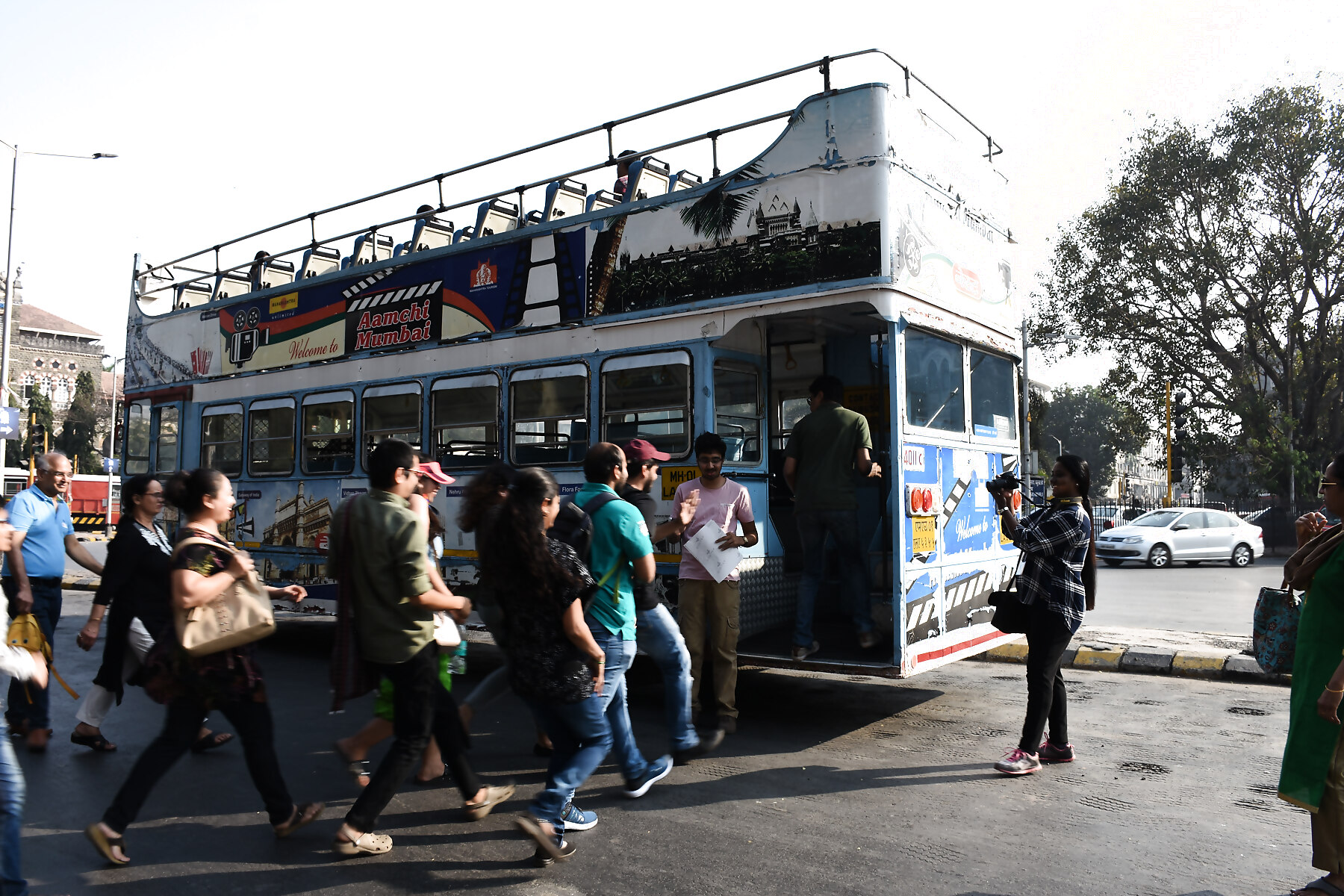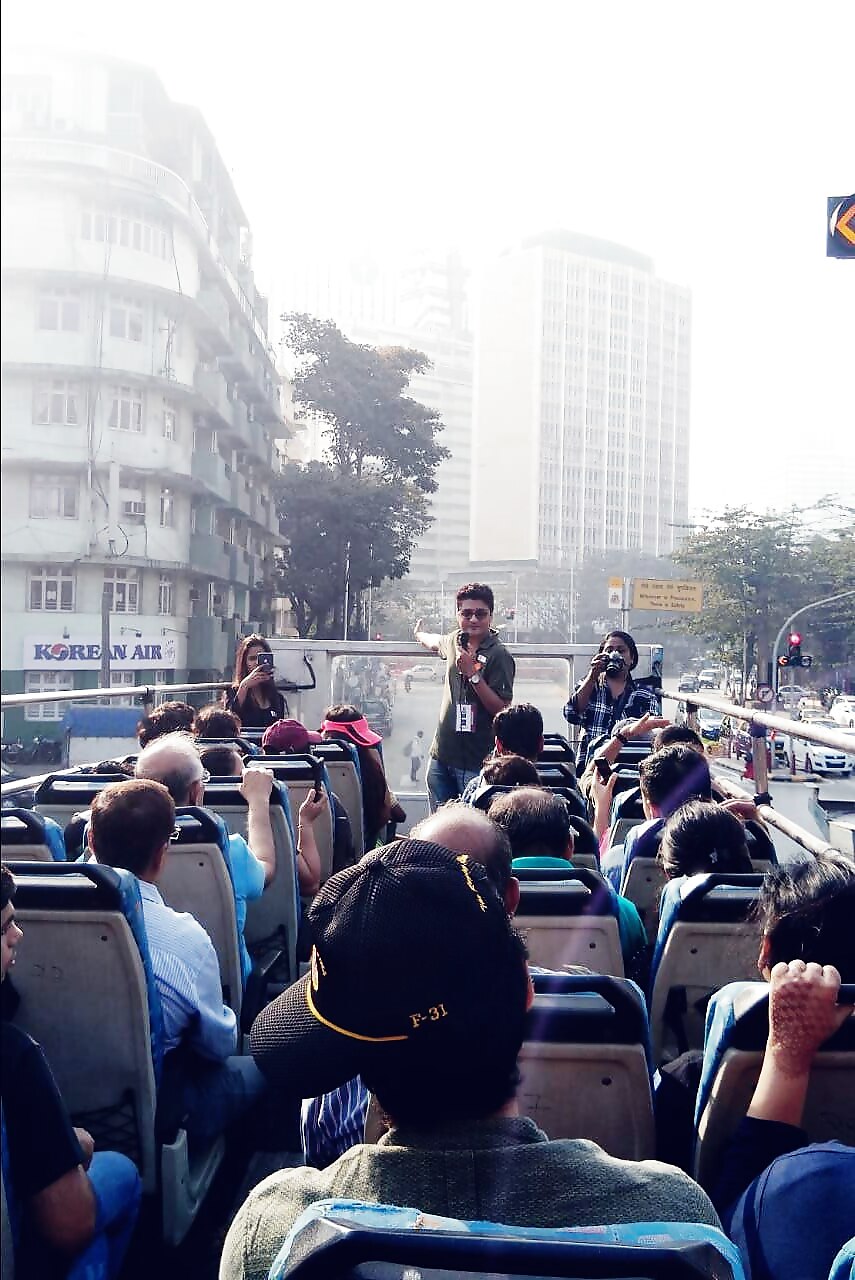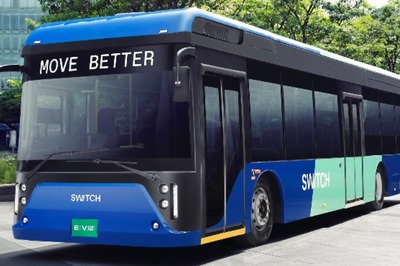
views
You may think you have seen all there is to Bombay, but you haven’t unless you have done it from top of an open double-decker BEST bus lazily cruising around the old city’s most iconic spots on a Saturday evening with the fading sun in the backdrop.
Add to it fascinating tits-bits about South Bombay’s landmark areas, their history, journey, relevance and the many myths from someone who knows, not because it’s their profession but simply because of their love for the vibrant, throbbing metropolis. That is how a city deserves to be known—intimately, over laughs and anecdotes, with a bunch of people wanting an experience and not just information.
For instance, did you know that the Gateway of India was designed by British architect George Wittet to welcome British rulers King George V and Queen Mary but its style is inspired by the Gujarat Sultanate? Or that Nariman Point—one of the many reclaimed regions in the city—is ironically named after Veer Nariman, a Parsi lawyer-politician who fought against its reclamation? Notably, he also led the civil disobedience movement against the British in Bombay.
Bharat Gothoskar, founder of Khaki Tours, is the man to be thanked for curating the Heritage Bus Tour as part of the ongoing 20th Kala Ghoda Arts Festival (KGAF) and giving out all the interesting trivia en-route an hour-long 10-km open bus ride starting from Regal Circle to Colaba Causeway, meanwhile navigating through Kala Ghoda, Fort, Marine Drive, Gateway of India, Oval Maidan, Asiatic Library, Mantralaya and Churchgate Station.

“We show the evolution of the historic town. The idea is to make people sit up and take notice that what they assume about the city is mostly wrong. There is so much more. It is really about initiating people into what we call the religion of heritage conservation. We people become aware, they contribute,” says Gothoskar.
“We don’t know who’ll influence in which way. For instance, some of the people who had come for the ride were BMC officials. These tours allow us to impact people who can make decisions that can help conserve our heritage,” he adds.
Though Gothoskar has been headlining heritage walks and tours for 20 years now, it’s his first time with KGAF. “They have taken it to a different level. The scale is way bigger this time. We have some 30 odd experiences lined up in the heritage section alone. Last year, it was only seven,” he says.
Gothoskar says the aim behind such curated tours is to make the important interesting and encourage people to learn from experience in today’s age of information overload. “Usually such walks are conducted by architects who get too deep into architectural details, which is not relevant for most. We focus on the story instead. It is stories that bring buildings alive. We also talk about architectural designs of buildings but that’s just 10% of the experience. The rest are all stories detailing why you should care about them and how they are still relevant.”
Interestingly, none of the people hosting KGAF heritage walks are tour guides or related professionals. “All of them have day jobs. They do this of their passion for this city. We call them ‘Ambassadors of Mumbai’,” Gothoskar says.
Apart from the Heritage Bus Tour, several other walks—Oval Maidan Walk, Art Deco Walk. Dockyard Street Walk, Causeway Walk, Irani Café Walk and Gateway Walk—are being organised from February 2 to 10 around Kala Ghoda to celebrate its history, diversity and the distinct charm it adds to ‘aamchi’ Mumbai.

You can find more details here.




















Comments
0 comment